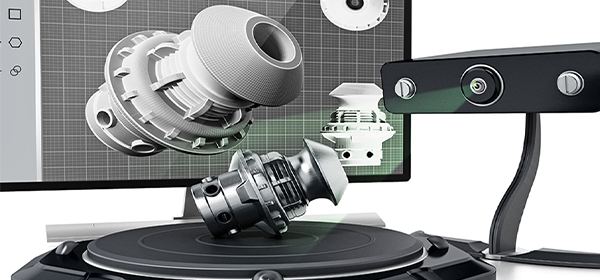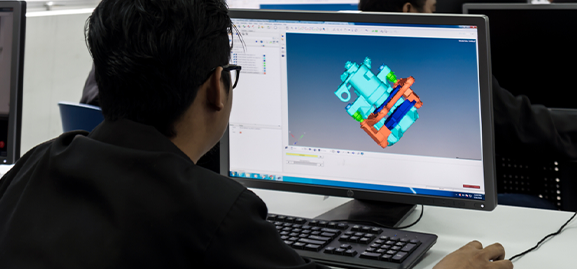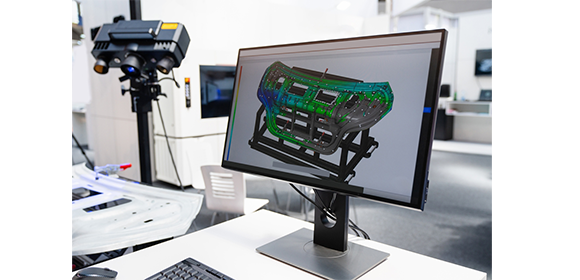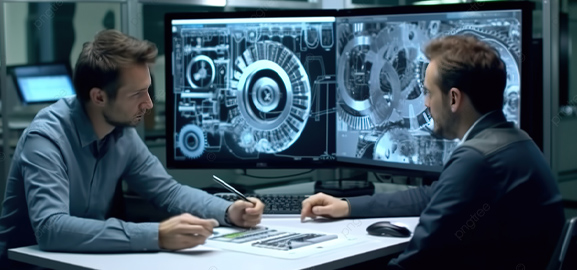Revealing Possibilities, Unleashing Innovation Though Our 3D Design and Reverse Engineering Services
- Precise 3D scanning and CAD modeling for accurate representation.
- Thorough product analysis and documentation to understand design and functionality.
- Prototyping and manufacturing support for seamless integration.
- Intellectual property protection through detailed 3D Design and Reverse Engineering analysis.
- Design optimization and customization to meet your unique requirements.




